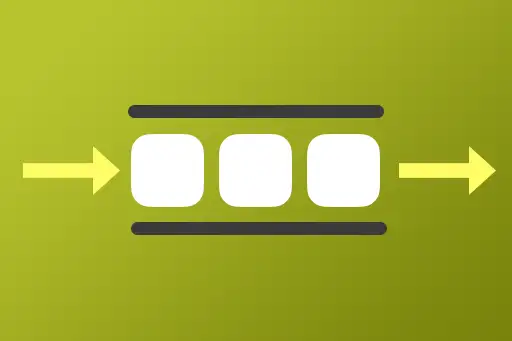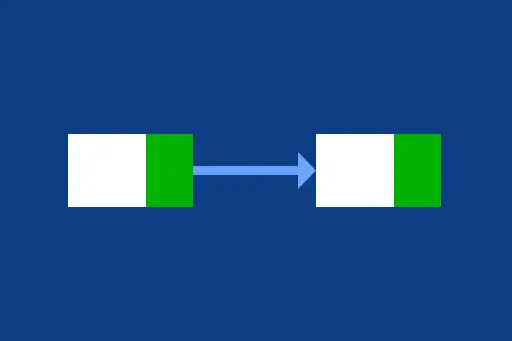- 1Singly Linked List Introduction
- 2Singly Linked List – Create Operation
- 3Singly Linked List – Insert Operation
- 4Singly Linked List – Delete Operation
- 5Singly Linked List – Traversal Operation
- 6Singly Linked List – Search Operation
- 7Singly Linked List – Get Length Operation
- 8Singly Linked List – Reverse Operation
- 9Doubly Linked List Introduction
- 10Doubly Linked List – Create Operation
- 11Doubly Linked List – Insert Operation
- 12Doubly Linked List – Delete Operation
- 13Doubly Linked List – Traversal Operation
- 14Doubly Linked List – Search Operation
- 15Doubly Linked List – Get Length Operation
- 16Doubly Linked List – Reverse Operation
Doubly Linked List Introduction
Doubly linked lists are an advanced type of linear data structure that extends the capabilities of singly linked lists. In a doubly linked list, each node stores references to both its next and previous nodes, allowing bidirectional traversal. This structure is ideal for use cases that require frequent insertions and deletions from both ends.
What is a Doubly Linked List?
A doubly linked list consists of nodes where each node contains three parts: a data value, a pointer to the next node, and a pointer to the previous node. The list starts at the head node and ends at the tail, which has its next set to null. The head's prev is also null, indicating the start of the list.
Key Features of Doubly Linked Lists
1. Bidirectional Traversal
Each node holds a reference to both the next and previous nodes, allowing traversal from front to back or back to front. This makes certain operations more flexible than singly linked lists.
2. Efficient Insertions and Deletions
With access to both directions, inserting or deleting nodes at either end or in the middle of the list is faster and doesn’t require a full traversal to find the previous node.
3. More Memory Usage
Each node in a doubly linked list stores two pointers instead of one, which increases memory consumption. This is a trade-off for the increased functionality.
4. No Contiguous Allocation Needed
Nodes are dynamically created in memory and linked using pointers, which means there's no need for contiguous memory blocks like in arrays.
5. Complex but Powerful
While doubly linked lists are more complex to implement due to additional pointers, they provide better flexibility for many applications involving frequent data manipulation.
Common Use Cases of Doubly Linked Lists
1. Browser History / Undo-Redo Systems
Because doubly linked lists allow traversal in both directions, they are ideal for implementing navigation systems like browser history or undo-redo functionality in applications.
2. Music or Playlist Navigation
When building a media playlist or player, moving back and forth between tracks is naturally modeled with a doubly linked list.
3. Implementing Deques (Double-Ended Queues)
Deque operations (inserting and removing elements from both ends) can be done efficiently using a doubly linked list, making it the preferred structure in such cases.
4. Cache Systems (e.g., LRU Cache)
In an LRU (Least Recently Used) Cache, a doubly linked list is used to track element usage order. Moving and removing elements efficiently is key to maintaining performance.
5. Tree and Graph Traversals
Doubly linked lists may be used as part of adjacency lists, threaded binary trees, or other complex traversal algorithms that benefit from easy backward access.
Next Topic ⮕Doubly Linked List – Create Operation






Comments
Loading comments...